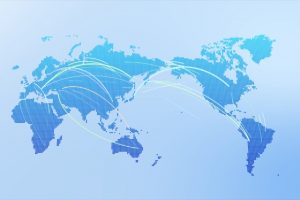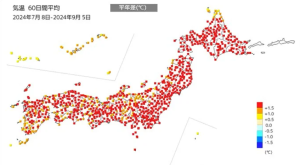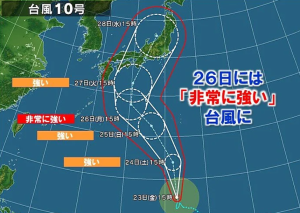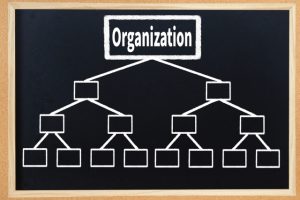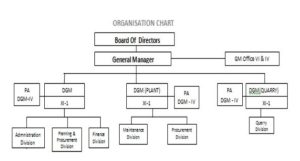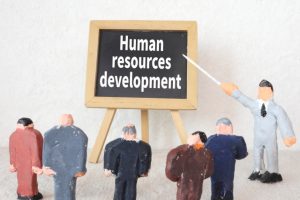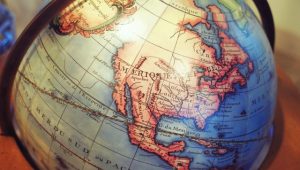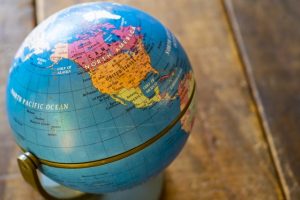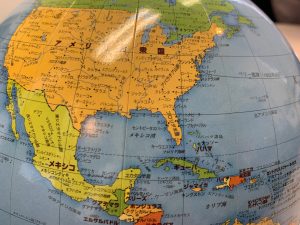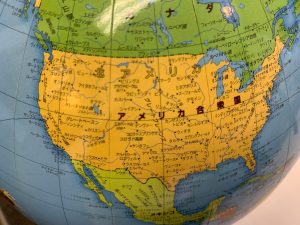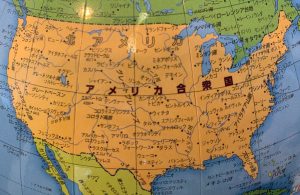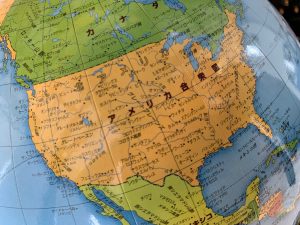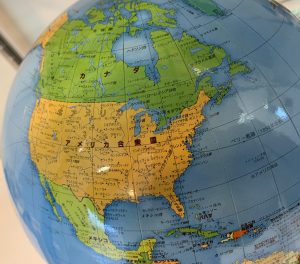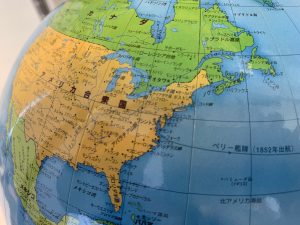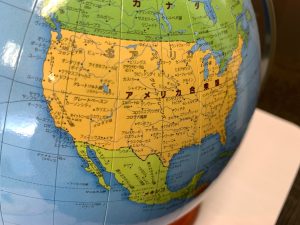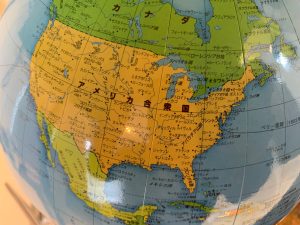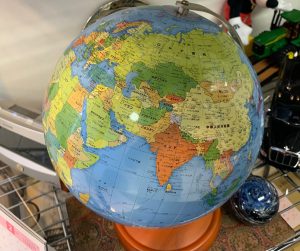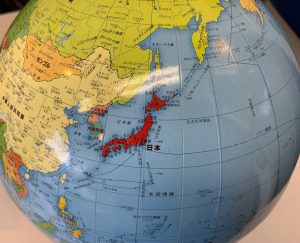Re: A news item and subject which I just want to check out (133) April 19, 2024
The Masters Tournament, which is one of the four major golf championships, was held at Augusta National Golf Club in Georgia, USA, from Thursday 12 to Sunday 15 April last week.
I watched it on TV starting from 4 a.m. in Japan time every day, and was slightly lack of sleep.
Scottie Scheffler who is an American aged 27 won for a second time in two years, 11 under par by four shots over the second place. He is world number one golfer, as expected he showed overwhelming strength. Hideki Matsuyama, who won the said tournament for the first time as a Japanese person three years ago, finished in 38th place, 7 over par.
By the way, the four major golf championships are Masters Tournament, U.S. Open Championship, the Open Championship and PGA Championship. And a player who won all of these championships is given the title of Grand Slam, the top-rated player. The men’s golfers who became Grand Slammers are 5 players, Gene Sarazen (USA), Ben Hogan (USA), Gary Player (South Africa), Jack Nicklaus (USA)and Tiger Woods (USA).
I had opportunities to play golf with many men’s and women’s professional golfers at various pro-am tournaments, and I did not improve much despite that. Professional golfers have overwhelming driving distance to which we amateurs can’t hold a candle, and drive freely break to the left, break to the right, high ball and low ball. As long as they passed the professional exam, I think that there is not much superiority or inferiority in talent or skill, but some professional golfers repeatedly win, and there are a lot of professional golfers who have never won. I think the difference lies in mental strength or self-control and power of course management or assessment of the situation. And I think this leads to how well they can hit the ball as they imagine.
■■What I have recently thought and focused on:
■World economic outlook by IMF:
The International Monetary Fund, IMF, recently announced quarterly world economic outlook. It made an upward revision that the global economic growth rate in 2024 will be 3.2 % 0.1 points higher than the previous forecast in January this year. It shows a bullish view on the current global economy saying that “it is an unbalanced growth, but is maintaining underlying strength”.
In particular, what is doing well and the driving force is the United States that accounts for a quarter of the world’s economy. IMF judges that it raised interest rates significantly to control inflation, but has successfully performed a soft landing. IMF forecasts that the real GDP growth rate in the United States will be 13 % from 2019 before the pandemic to 2025 predicted figure. There is a big difference between 1.8 % in Japan and 2.2 % in Germany, and the strength of U.S. economy is standing out.
However, as s future risk factor, once conflict between Israel and Hamas expands by involving anti-Jewish neighboring countries like Iran and so on, it will lead to a surge in crude oil prices in a moment, and global inflation will resurge. It seems to me that future global economy will be exposed to the impact of the U.S.-China divide and various geopolitical risks and remain unstable.
■The current trends in the Chinese economy:
Chinese government announced on April 16 that GDP from January to March 2024 increased by 5.3 % year-on-year. Production and export of electric vehicles, EV, and government-manufactured investment led to a boost in the economy. This growth rate is higher than 5.2 % from October to December 2023. The background to higher-than-expected growth is expansion of production. In particular, it seems that electronic components and EV charging facilities are on a roll. And it is focusing on exports to compensate real estate slump that we can’t see the bottom in China and sluggish consumption. And in particular, exports at low prices or exports of deflation with the increase in production of EV, solar panel and steel products lead to the decline of international markets and cause friction centering on Europe and the United States. For instance, Tesla, EV manufacturer in the United States, was forced to review management strategy due to low price offensive from China and established a policy that it will reduce more than 10 % of employees in the world, about 150,000.
■Economic growth forecast in emerging Asian countries and areas by Asian Development Bank, ADB:
“Emerging Asian countries and areas” analyzed by ADB are 46 countries including China and India. It forecasts that GDP growth rate throughout a region will be 4.9 % both in 2024 and 2025, almost unchanged from 5.0 % in 2023. Holding back the entire region is economic slowdown in China and it estimates that the growth rate excluding China will be 5.0 % in 2024 and 5.3 % in 2025. On the other hand, in contrary to China where the economy is stagnant, India is expected to experience significant growth in the 7 % range through strong consumer spending and expansion of exports. And among Southeast Asia, Philippines and Vietnam will maintain growth rate in the 6 % range.
■Growing influence and presence in China:
Chinese presence in global trade is increasing and at this moment, countries where trade with China exceeds trade with the United States are about 150, and countries where trade with the United States exceeds trade with China are just under 60. Japan’s largest trading partner is also China since 2002.
By the way, ISEAS-Yusof Ishak Institute, think tank in Singapore, has surveyed “when faced with a binary choice between the United States and China, which one do you choose?” targeted at experts belonging to private companies, governments and research institutes in Southeast countries every year since 2019. It was implemented from January 3 to February 23 this year, and 1,994 persons in 10 countries of Southeast Asia replied. The result showed that the answer to “choose China” was 50.5 % and exceeded half for the first time. Incidentally, choosing China was 38.5 % last year. Taking a look by country, a country where the ratio to choose China is the highest was Malaysia (75.1 %) increased by 20.3 points compared to the previous year and the second was Indonesia (73.2 %) increased by 19.5 points compared to the previous year. Both countries have been actively embracing investment from China and trying to strengthen a relationship with China. And in Laos and Brunei, the ratio to choose China exceeded 70 %. And countries where the ratio to choose the United States is high are Philippines (83.3 %) and Vietnam (79.0 %), and it seems to me that security concerns centering on the South East Sea issue is underlying. On the other hand, as a “trustworthy country”, Japan is No.1 and the ratio has increased from the previous year. As a destination going on holiday, Japan is also listed at the top. However, in terms of economic size, GDP in China is second place in the world and about three times that of Japan, and population is 1.42 billion, more than 11 times that of Japan. China is a huge market. It is inevitable that Asian countries yield to China in terms of economy, and it is impossible for Japan to compete with China. But as far as nationality and cultural exchange are concerned, they feel a strong sense of admiration for Japan. With these points in mind, how to strengthen relations with Southeast countries in terms of economy, culture and security is an issue for the future.



